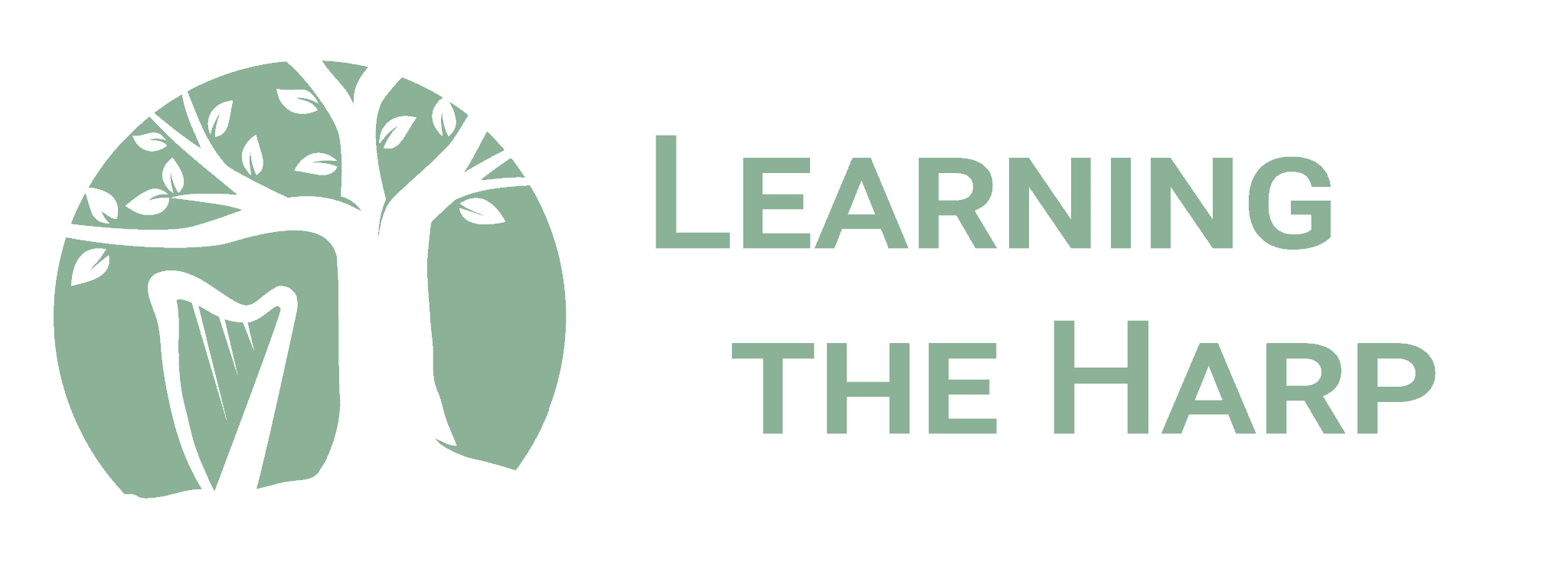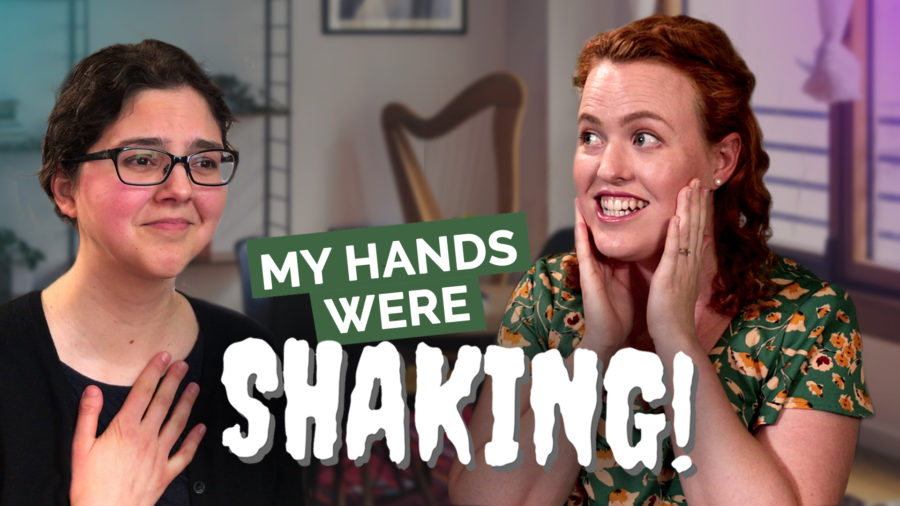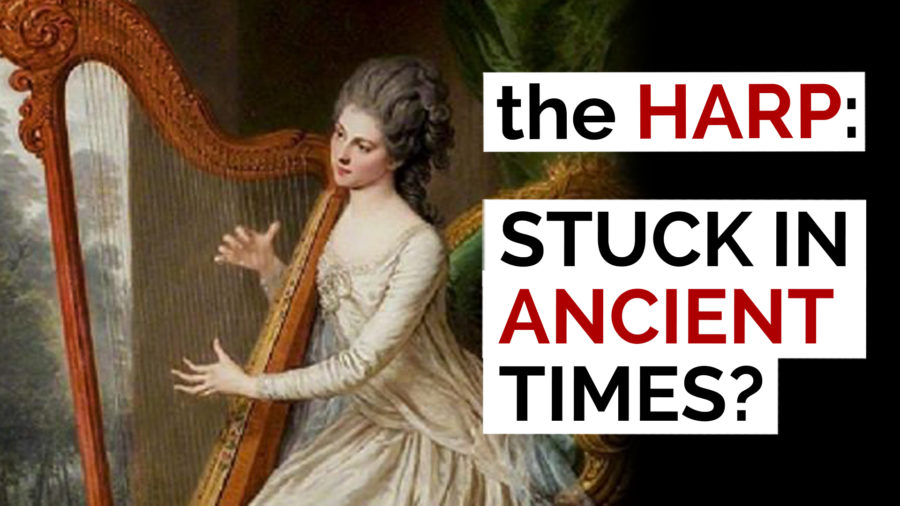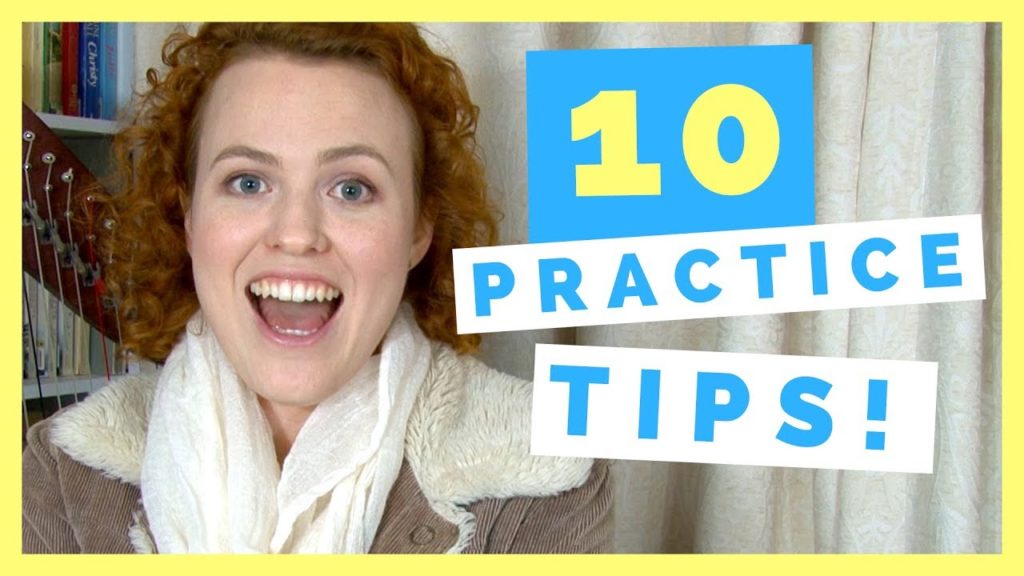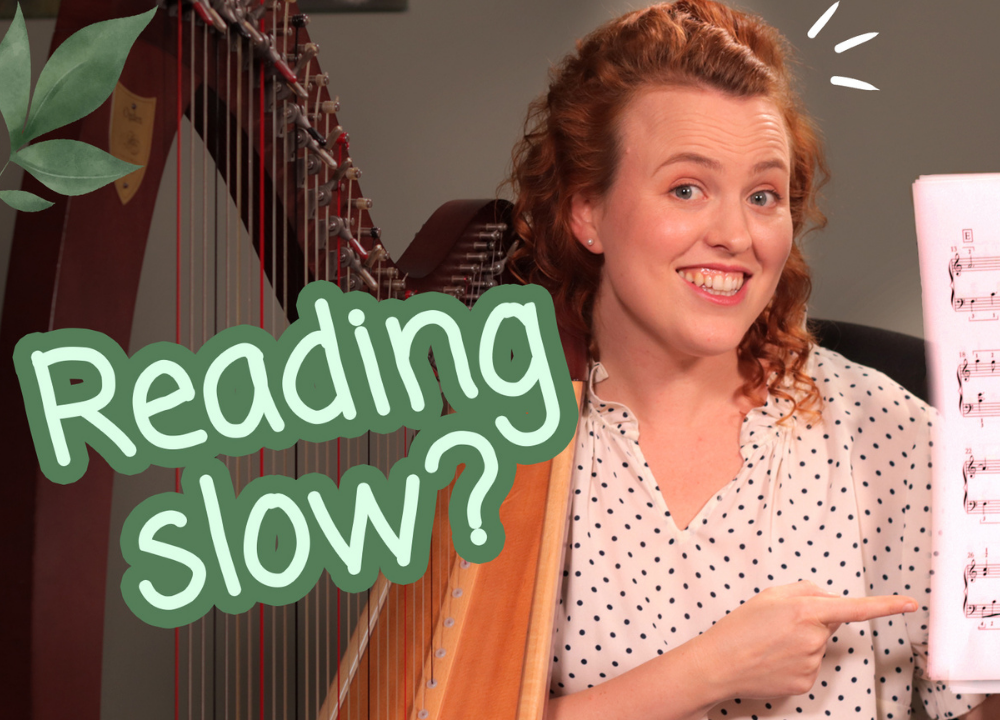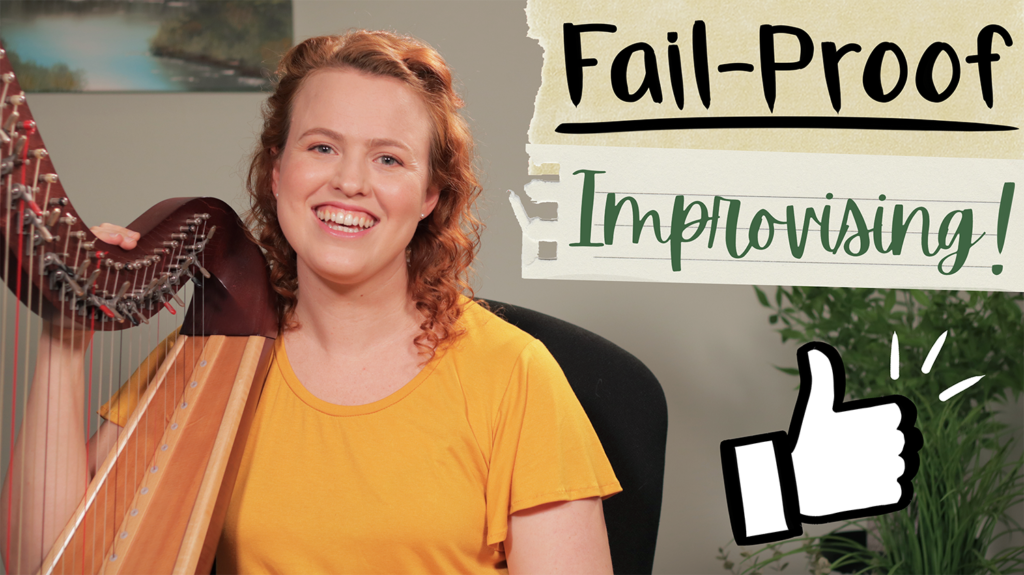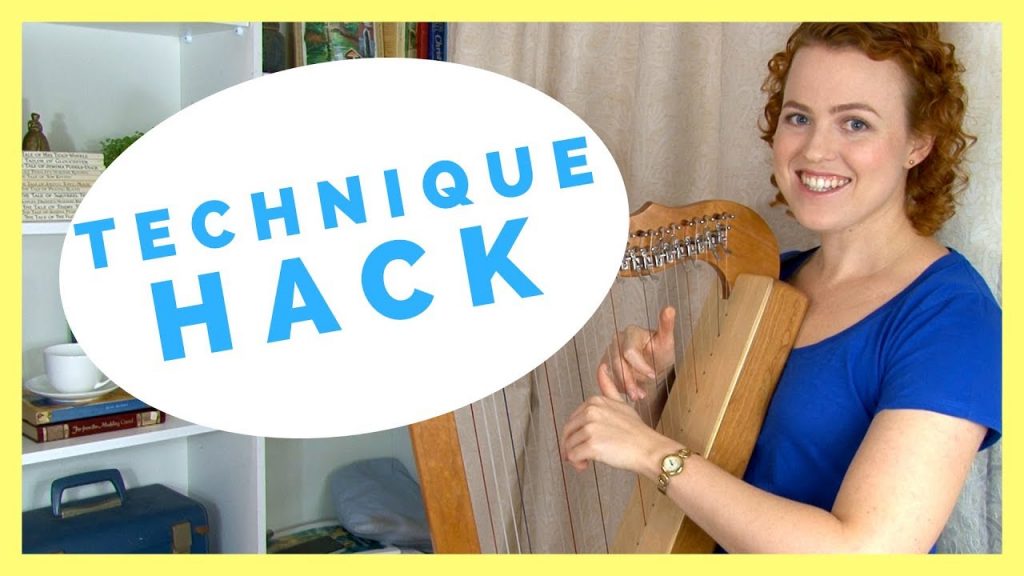Can’t Play Fast? Try This.
People often ask me, “How do I go from playing my piece slowly to being able to play it fast?”
So today we’re going to be talking about how YOU can learn to play faster!
The first thing you need to know is that learning to play fast is not a separate thing all on its own. It’s actually a symptom of other things behind the scenes that are working well.
Let me tell you a little story about what this looked like for me when I first started learning to play the harp. I had a really amazing teacher, but there were a few little gaps in what I learned.
When I would learn to play a piece, I couldn’t understand why I wasn’t able to get any faster. When I asked my teacher for help, she said, “Keep practicing, it’ll get better with time”. But I felt convinced there was something preventing me from playing fast, and there had to be a reason for it!
Through watching YouTube videos, I realized that there were some foundational things that were a problem, and not the speed itself.
In today’s video tutorial, I have used an example from my arrangement of “Clocks”. In this song we need to know how to play fast, and that’s really what makes this song a more advanced piece – the speed, the rhythm, and the fact that it’s quite loud too.
For me, to play faster I needed to work on two important techniques:
1. Thumbs up & Fingers down
- Making sure my thumbs were up and fingers closing down into my palms.
- Doing this makes it much easier to cross over and under when you are playing notes one after the other. You also won’t build up unnecessary tension in your wrists and hands that make playing your harp tiring or painful!
2. Bracketing
- Bracketing is also really important Placing your fingers together on the group of notes before playing means that you can play them quickly without having to find each note as you go!
- It also means that I can play without watching, because every note is joined to the note that I just played beforehand.
By contrast, if you don’t follow these steps, you’re going to have a much tougher time playing fast and playing with a rich tone. You’ll also find that you feel a lot more tension in your hands, and I know that I wouldn’t be able to play like this for a whole piece – It’s really hard work!
If you’re wanting to play faster, it’s a helpful reminder to ask yourself these questions while practicing your pieces:
- Are your thumbs up and your fingers plucking down into the palm of your hand consistently?
- Are you always doing your bracketing and placing in a group – or are you falling into the trap of plucking the notes one-by-one?
It can be quite hard to consistently apply these things when you’re learning a new song, especially if it’s a really hard song! That’s why I found it easier to go back to my easier pieces to make sure that I could consistently apply these techniques before challenging myself with more difficult pieces.
When I created my video courses, I made sure that I give you all the reminders and take the ‘brainwork’ out of it so that you can focus on the song and just follow what I tell you to do. This way you’ll just end up applying the things about your technique along the way!
If you haven’t tried one of those courses, I really suggest that you give it a try! Maybe you want to learn “Clocks” or maybe you’d like to try something a little bit simpler – Visit the Learning the Harp Online Shop Here to find a song that you’d like to learn!
